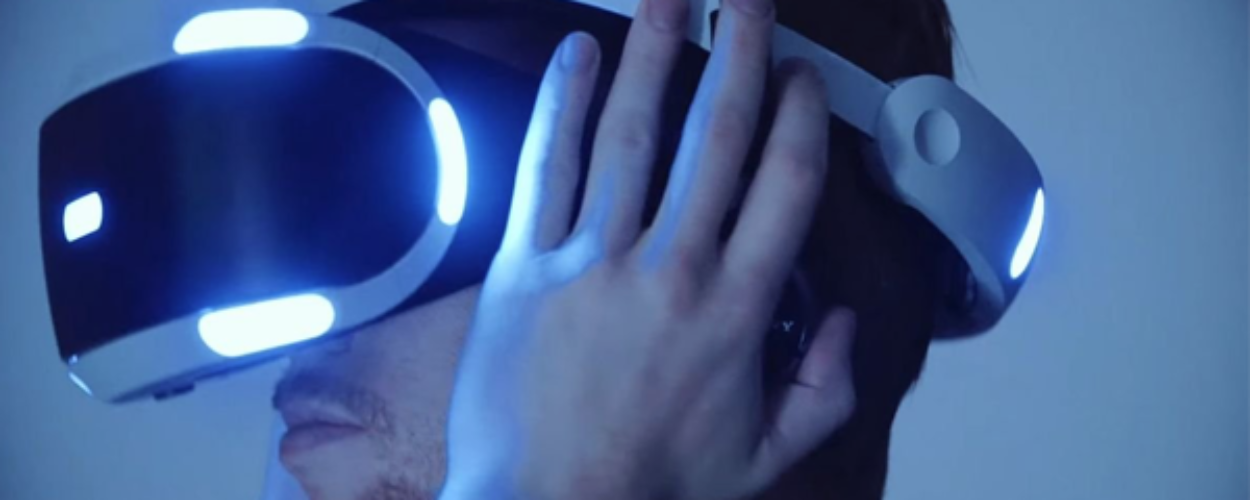
Virtual Reality, often abbreviated to VR, is a technological phenomenon that has swept through the entertainment industry and left everyone in awe. The same technology is beginning to push its way into training, with companies like Verizon utilizing it to train for armed robberies. Now, law enforcement is beginning to have these tools at their disposal.
With simulation training reaching more and more agencies across the globe, screens may not be the only option available to law enforcement, but is it the best way to train? Below is a list of six common myths associated with VR training for police and why it may struggle compared to screen-based simulation training.
Myth #1: Simulation Training is All About the Same
Do law enforcement officers receive the same benefits regardless of what type of simulation training they use? The short answer is no. For training to be valid, there must be both physical and psychological fidelity for skills to transfer accordingly. Physical fidelity focuses on how closely the training environment replicates what exists on the field. Psychological fidelity on the other hand is focused on how closely the mental processes that occur in training match those that occur in real life.
There is a marriage between physical and psychological fidelity – both are important and one should not be neglected in favor of the other. These two validity processes must be in place for simulation training to truly be effective and transferable.
Myth #2: Video and CGI Humans Are About the Same
While CGI humans have made tremendous leaps and bounds over the years – the latest movies prove it – they are still not ready to be used in a training environment. Video still surpasses the realism provided by CGI humans and is much less expensive and time-consuming. Just as advances have been made with CGI, the same goes for video technology, which is a rapidly growing segment of the tech industry.
Myth #3: Realistic CGI Humans are Just Around the Corner
Despite the evolution of computer graphics, there are a few limitations that should not be ignored. The first is that computers use “shortcuts” to render scenes quickly, resulting in a lower-quality human replica. Even minor details that appear abnormal can cause people to feel discomfort when gazing upon a computer-generated human look-alike. At this point in time, seamless realism would only be achievable by the most talented graphic artists with the longest hours – who are only recently beginning to attain quality equal to video.
Myth #4: You Can Easily Make Any Scenario You Want with VR & CGI Humans
While CGI is coming closer to creating a photorealistic human, not many graphic artists have harnessed the technology yet – even with unlimited time and resources. And it is not just about having the computer image look human; they must move and behave human-like as well. Without all the working parts, both physical and psychological fidelity would be absent. Trainees would not feel the same empathy felt for a human replica as they would for something they associate with an actual person.
Myth #5: If CGI Humans Aren’t Realistic, We Just Need to Spend More Money on Them
There have been countless years where designers have attempted to make the perfect human replica. Whether it’s robots/androids or CGI, there has always been something slightly “off” that places it within the Uncanny Valley. The Uncanny Valley is a psychological phenomenon that occurs when something appears human…but something is missing. While lovable robots like Star Wars’ R2D2 tend to be thought of as cute, when a robot or image is very similar to a human but is missing a certain component, people tend to be revolted by it. Developers have tried numerous times to escape the Valley, but have only fallen even further within. Since CGI is not convincing enough, it won’t work for training.
Myth #6: Low Quality Simulation Won’t Harm Anyone
Even though an agency may purchase a simulator to help its officers, the same simulator could harm them if they are using incorrect training approaches. There are three fundamental components that every simulator should have in order to be helpful rather than harmful: weapon realism/accuracy, judgmental use of force, and stress during training. When a simulator lacks even one of these components, the low-quality training value could cause training scars.
For a more in-depth review of the topic, click the button below to download the Whitepaper authored by VirTra CEO and Chairman Bob Ferris and VirTra Director of Training Lon Bartel.







